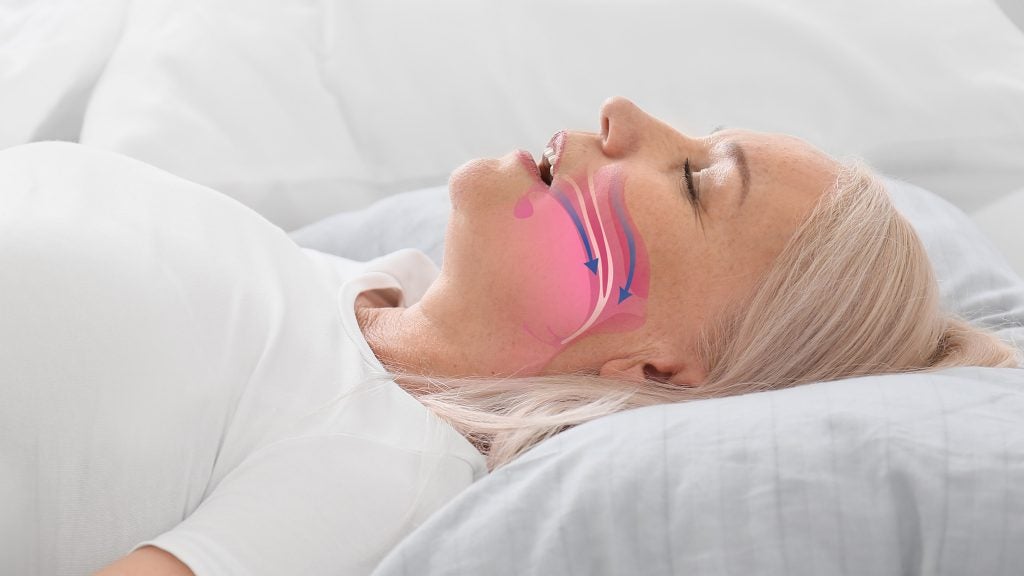Nyxoah’s hypoglossal nerve stimulation system, Genio, met the co-primary endpoints at 12 months in the pivotal DREAM trial in adults with obstructive sleep apnoea (OSA).
OSA is a sleep disorder where the walls of the throat relax and narrow during sleep, interrupting normal breathing and leading to interrupted sleep. Common treatments include using a continuous positive airway pressure (CPAP) device and a mandibular advancement device (MAD) – both prevent airway closure.
The open-label DREAM trial (NCT03868618) enrolled 115 patients in multiple sites across the US, Australia, Belgium and Germany. One of the study’s co-primary endpoints was a reduction of at least 50% and an apnoea-hypopnea index (AHI), which is the combined average number of apnoea and hypopneas that occur per hour of sleep, of 20 events per hour post-treatment. The second co-primary endpoint was the number of participants achieving a 4% oxygen desaturation index (ODI), which is the number of times per hour of sleep that the blood oxygen level drops by ≥4 percentage points from baseline.
At 12 months, participants had a median AHI reduction of 70.8%. The study had an ODI responder rate of 71.3%. The trial had a serious adverse event rate of 8.7%. Nyxoah plans to seek market authorisation in the US based on the DREAM trial data.
The Genio system is a battery-free, leadless and minimally invasive neurostimulator, which delivers bilateral hypoglossal nerve stimulation for the treatment of moderate to severe OSA. In 2019, the device received a CE mark for treating patients with moderate to severe OSA with an AHI equal to or greater than 15, but less than 65 events/hour.
The global annual market for OSA detection and treatment is worth approximately $10bn, as per GlobalData analysis and CPAP devices dominate the market.
Multiple companies are developing novel treatments for OSA. For instance, StimAire is developing an injectable stimulator device, which was designed to modulate peripheral nerves such as the hypoglossal. It uses a tiny, battery-free, injectable receiver/stimulator that is activated by a small wearable.
In January 2023, Vivos Therapeutics received 510(k) clearance from the US Food and Drug Administration (FDA) for its DNA oral appliance (daytime-nighttime appliance) for treating mild to moderate OSA. The device acts similarly to a MAD by opening the airway by extending the palate and training the tongue to rest in the proper position, as well as converting patients to nasal instead of oral breathing. The device trial showed OSA resolution in 28% of patients, with 63% of patients showing improvement by one AHI classification and 86% of patients improving their airway size.









